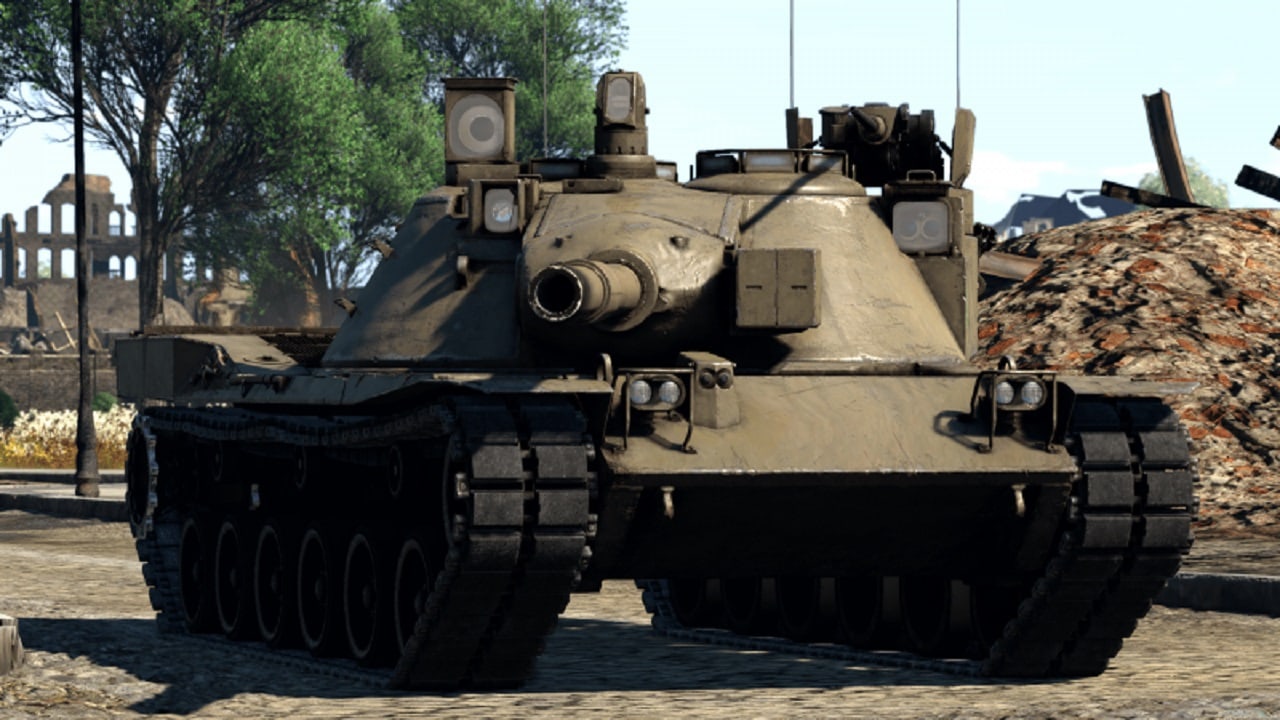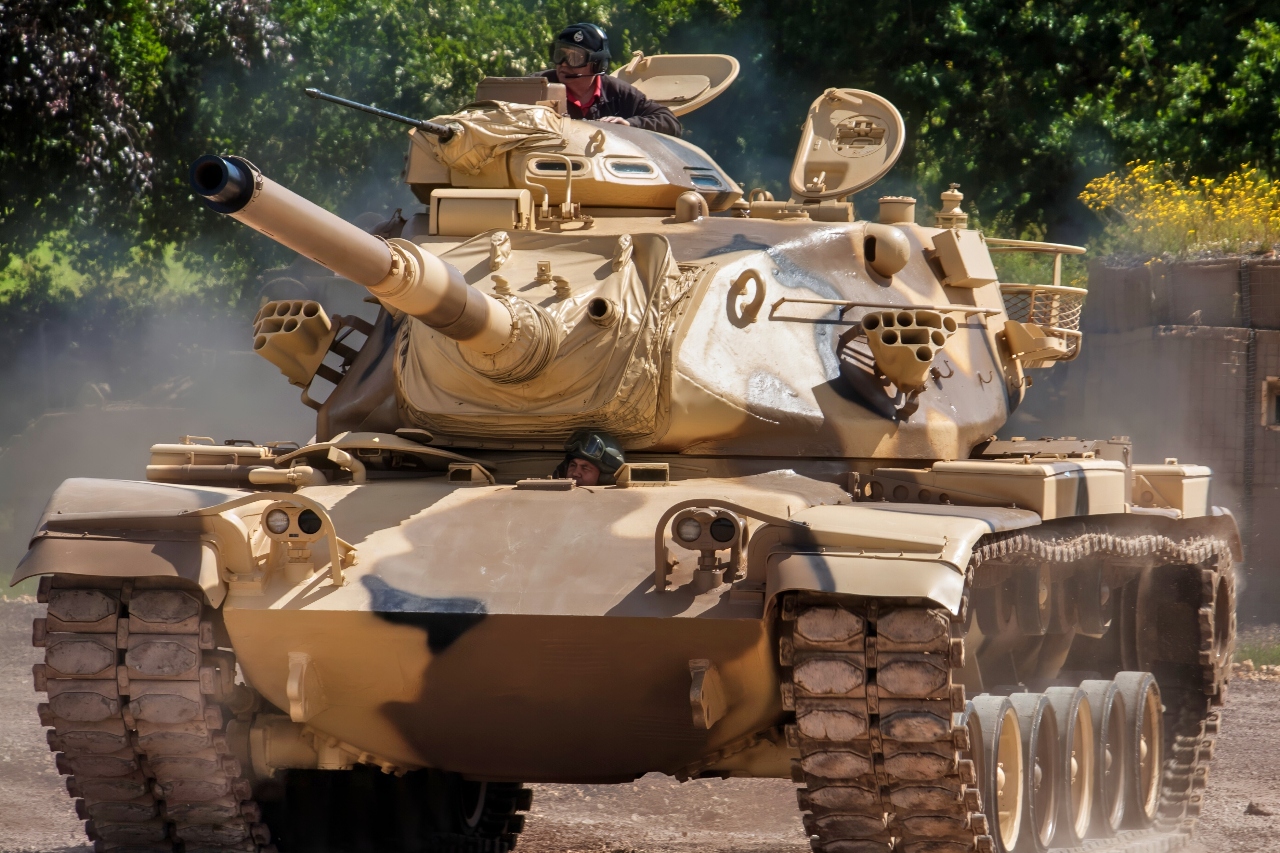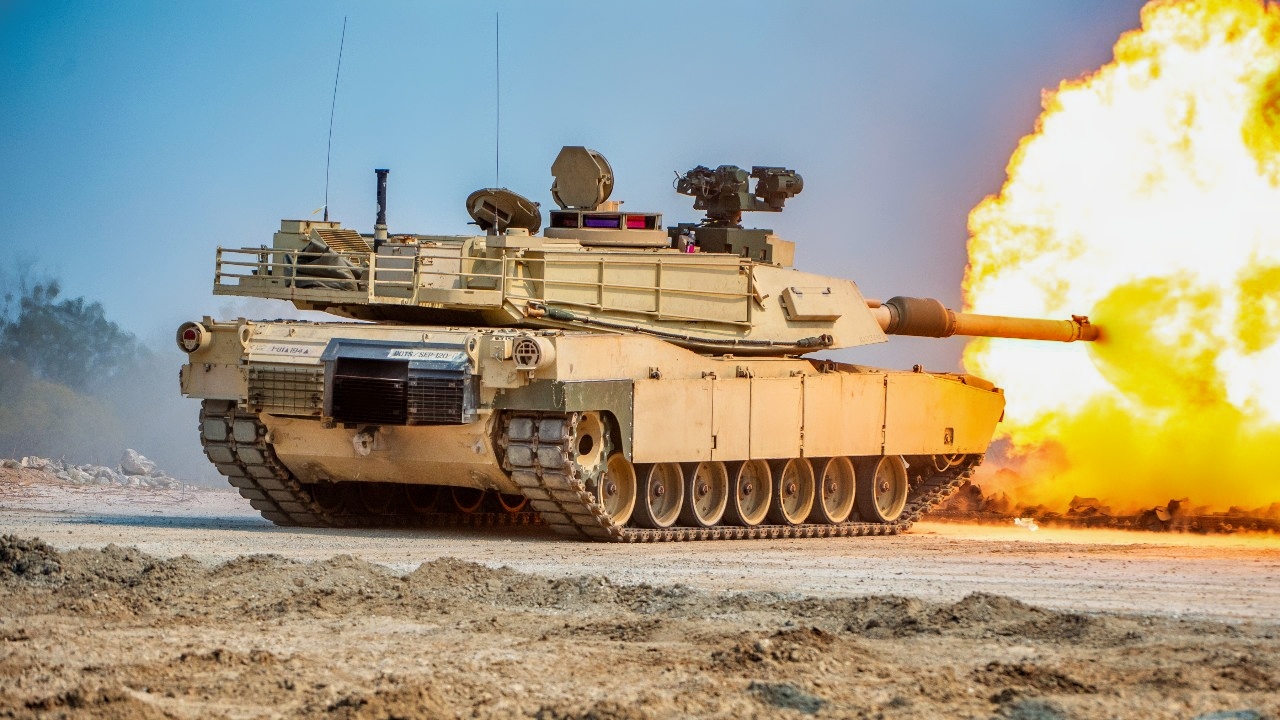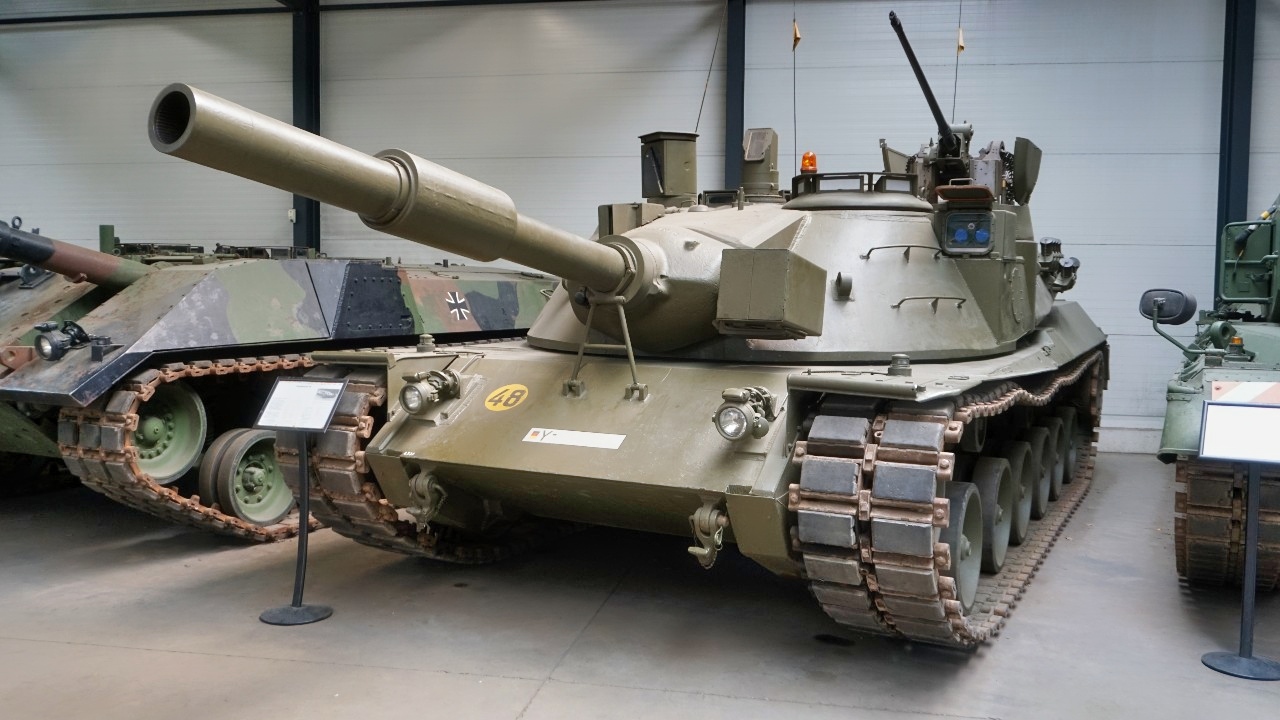Key Points and Summary – The MBT-70 was an ambitious 1960s joint U.S.-German project to build a “super tank” to counter Soviet armored forces.
-It was doomed from the start by a dysfunctional international partnership.

MBT-70. Image Credit: Creative Commons.
-Plagued by disagreements over everything from its main gun to the metric system, the program suffered from runaway “feature creep” that made the tank too heavy, complex, and expensive.
-The budget ballooned from a planned $200,000 per tank to over $1 million. After years of bickering and poor performance, the project was canceled, serving as a classic cautionary tale of failed multinational defense procurement.
Allied MBT-70 Super Tank Was Doomed From the Start
With the Cold War raging and the United States and NATO concerned that they would be outgunned and outmanned by the Soviet Union and the Warsaw Pact, mechanized warfare was expected to be challenging.
The Soviet Union had vast numbers of tanks that could stream into Western Europe in a spearhead that could topple governments in the West.
The United States and its NATO allies wanted a “super tank,” which was to be developed by the Americans and the West Germans.
A Brainiac Dream Team
The new armored beast would be called the MBT-70. This made sense considering that the Americans and the West Germans had some of the most creative design and technical teams in the world. Two groups of highly educated scientists and engineers were better than one, and these technicians would be some of the best on the planet.
This Super Tank Could Solve a Major Problem
The new super tank could transform armored warfare and place the Americans and West Germans in a position to counter the Soviet hordes. Then they could lead a massive, mechanized counter-attack should the Russians stream through the Fulda Gap corridor, which was the expected axis of entry into the West.
The project began in 1963, when the Vietnam War was escalating, and the primary focus was counterinsurgency; however, the Soviet threat remained undiminished. The U.S. Army needed a tank that could withstand better and deliver devastating firepower.
Lower Silhouette Would Be More Difficult to Target
The first aspect of design was the turret. For better survivability, this aspect of the MBT-70 would be transformed into a turret that was lower in order to diminish the high silhouette of tanks like the M60. The Soviets would be able to blast that model into oblivion.

M60 Tank U.S. Army. Image Credit: Creative Commons.
Survivability was thus a concern for the Americans and West Germans. The super tank required heavier armor to withstand hits and continue fighting on the battlefield.
This would make the MBT-70 one of the most fearsome armored beasts in the world.
The multinational engineering team developed an innovative solution. There would be two-spaced layers in the armor.
The first layer would be cold-rolled steel, and the second layer would be comprised of softer steel to prevent “spalling.” This term referred to a situation where the interior of the armor became more fragmented – a danger when absorbing the impact of an enemy shell.
This Thing Became Too Heavy
The problem was this would make the tank 50 tons. How was it going to be transported to the battlefield?
Europe had several smaller bridges that would not sustain such a significant weight. The MBT-70 would likely have to be moved to NATO countries with merchant ships, but they may not have been able to fit many on board.
Also, there were more design issues at that weight. The MBT-70 would need a specially created suspension that challenged the engineers and technicians. There was a pesky physics problem with such a heavy tank, and the ride was going to be bumpy for the crew. It could also get stuck in ditches and be susceptible to mines due to the new undercarriage that was required.
The Dream Team Did Not Work That Well Together
Then the bickering began among the West Germans and Americans. There was a language barrier and cultural differences about what signified the best engineering concepts.
The two groups from different countries wanted diverse features on the tank. The Americans were aiming for a new and powerful gun that could fire Shillelagh anti-tank missiles.
This would have been a 152mm XM150 gun equipped with a laser rangefinder. The West Germans opted for a simpler, ready-made 120mm Rheinmetall model, but the XM150 performed poorly, and the anti-tank missile wasn’t functioning correctly.
There were also plans for a ballistic computer, night-vision sighting, and an anti-aircraft cannon. The MBT-70 was experiencing feature creep, and its budget was growing. Originally, the team wanted to bring the tank to production with a $200,000 price tag. By 1969, the MBT-70 was going to cost $1 million per unit.
The West Germans and Americans were unable to make this work, and the joint team disbanded. West Germany began working on the Leopard 1. The U.S. Congress got frustrated with the project and canceled it.
The team learned some valuable lessons during the project. First, decide on a concrete design before building. All the disagreements should have been resolved before production began. Second, examine the battlefield needs by consulting with West German and American soldiers before designing the tank. Does the lower silhouette help? Was the armor correct? How about the weight? What was the optimum gun size? How would a ballistic computer work and laser guidance perform?
Third, ensure that the two groups of engineers and technicians were on the same page, utilizing proper language translators and cultural liaisons.
These people could not even agree on whether to use the metric system or not.
Fourth, create features that are obtainable and not ahead of their time. The ballistic computer was unlikely to function effectively in winter conditions in Europe. The armor was newfangled and may not have stopped an enemy tank round as well as the engineers hoped.
Finally, focus on better teamwork. The United States and West Germany were allies, but were they really friends? There might have been some jealousy and resentment involved. It was time to get egos and pride under control. Proper leadership could have brought this team together in a way that would meet clear objectives from the higher command.
MBT-70 Bottomline
The MBT-70 was a good concept, but essential problems during design and construction defeated the effort.
Feature creep meant more dollars would have to be spent.
The innovations were admirable but not attainable in the 1960s.
Fortunately, the research and development could be applied to create new tanks in the 1970s, so not all was lost.

FORT MOORE , Ga. Maneuver Center of Excellence hosts the 2024 Armor Week media day on Harmony Church Mar. 14, 2024. The event featured live-fire demonstrations with the M1 Abrams Main Battle Tank, and an opportunity to get up close and hands-on with M1 Abrams and M2 Bradley Fighting Vehicle. Armor Week, April 29 to May 3, and the 2024 Sullivan Cup competition requires mastery of individual tasks, technical and tactical competence, and the ability to demonstrate an array of maneuver, sustainment, and gunnery skills. The competition focuses primarily on the performance of the Soldiers functioning as a crew. (U.S. Army photo by Patrick A. Albright)

A U.S. Army M1A2 SEPv2 Abrams assigned to Alpha Company, 1st Battalion, 67th Armor Regiment, 3rd Brigade Combat Team, 1st Armored Division prepares to move off the live fire range after completing the day portion of Table VI Tank Gunnery conducted at McGregor Range, New Mexico, Sept. 29, 2023. Gunnery Table VI evaluates crews on engaging stationary and moving targets while utilizing all weapons systems in offensive and defensive positions, ensuring our crews are trained and ready for any mission. (U.S. Army photo by Spc. David Poleski)
However, the MBT-70 was difficult to manufacture. Hopefully, at the time, defense acquisition leadership from both countries would have viewed this as a learning experience.
About the Author: Brent M. Eastwood
Brent M. Eastwood, PhD is the author of Don’t Turn Your Back On the World: a Conservative Foreign Policy and Humans, Machines, and Data: Future Trends in Warfare plus two other books. Brent was the founder and CEO of a tech firm that predicted world events using artificial intelligence. He served as a legislative fellow for US Senator Tim Scott and advised the senator on defense and foreign policy issues. He has taught at American University, George Washington University, and George Mason University. Brent is a former US Army Infantry officer. He can be followed on X @BMEastwood.
More Military
The U.S. Army’s Big M10 Booker ‘Light Tank’ Mistake Still Stings
The U.S. Navy Built Two Versions of the Littoral Combat Ship. Both Were a Mess.
The EA-18G Growler Has A Message for the U.S. Navy
Warship Goes Down Below the Waves: Navy F/A-18F Fighter Fires A Stealth Munition










